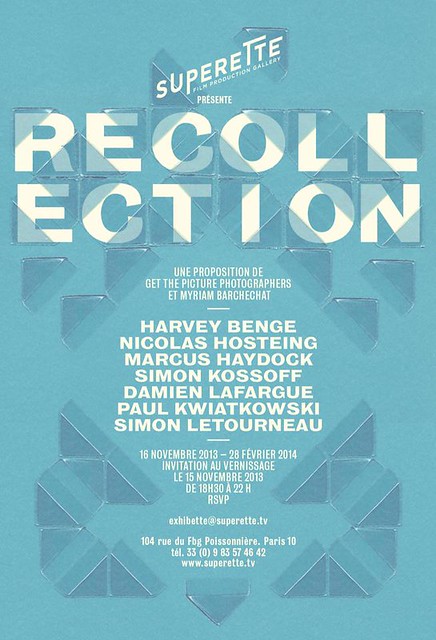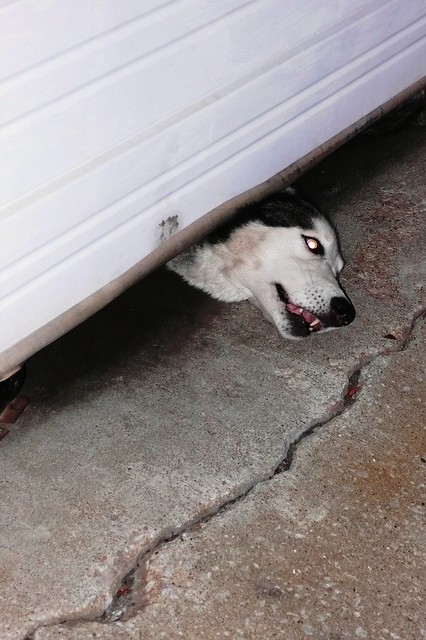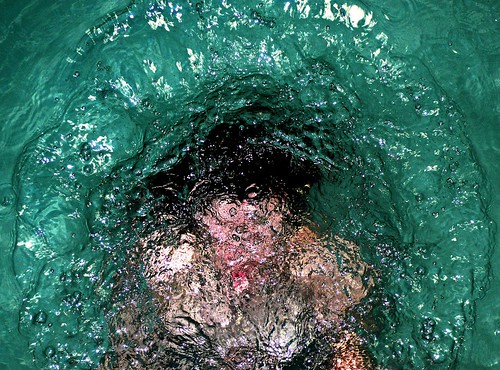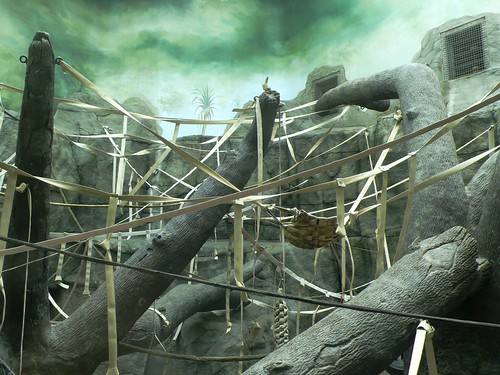This introduction (below) to the photographic artists of Galerie VU appeared in the Autumn issue of Private: International Review of Photographers 2009. I remember reading this text at the time of its publication and I remember how much I felt it resonated with me and how much it seemed to vocalize my own, as yet, unspoken approach to photography in words I did not, up until that point, have. Like a revelation, it gave voice suddenly to the silent, but powerful motivations behind the making of my own pictures and brought a conscious awareness of my emotional and psychological presence at the time of the exposure and the possible impact it could have on the scene I was photographing. It gave a method to the madness of my unconscious process and a clarity to why one image worked for me and another did not. It gave a name to the ghost in the machine and it’s name was my own. It illuminated just how much photography and the self (or sense of it) are actually woven together intricately and inform one another. Most of all though, it highlighted and established, for me, a continued working practice, one which attempts to harmonize my inner life with the outer world, with a camera and in a photograph.
Private: International Review of Photographers Autumn 2009.
Mental Geography.
For more than 10 years, Galerie VU’ has been promoting photographers of various ages, nationalities and inspirations. This issue of PRIVATE magazine, which is dedicated to them, proves it. The portfolios presented here, as diverse as they are, have a common denominator: the notion of “mental geography”. Place’s, spaces and territories are considered, according to a double prospect - that of the artist and that of the world - in their relationship to the spirit.
The mental space is, first of all, a place that exists only in the mind of the photographer. The place – a building, a city, a region or a country – speaks then above all about the artist. The latter tries less to render an account of a geographical reality than to offer a voluntarily biased and incomplete representation, where he or she projects his or her sensibility, memories and imagination, personal mythologies or artistic and literary references. The place, by its strength of attraction or aversion, is invested by the artist who makes it the theater of his or her psychic functioning. These works, necessarily subjective, sometimes enigmatic, always very open, build geographies that eventually break through any territoriality, any local tie and any border, to find their coherence in a game of sensitive or intellectual correspondence, which connect the images between them.
However, the notion of mental space also evokes the place which, by its nature or characteristics, is a creation of specific psychic states. The place exerts then a mental influence on the individual as observed by the photographer. The most evident are the places of power or authority – a classroom for example – where one has to submit to a hierarchy and to assimilate conventions and values. But certain spaces, apparently more harmless, show themselves as oppressive. Following the example of these numerous, contemporary, anonymous, functional and normative non-places as public transportation, private housing estates or group housing. The artist seizes upon this daily alienation. When he or she underlines it, it is not to report it in a direct and documentary way. It is not to explain it. It is rather to make fun of it or make it a kind of symbol. But the artist also criticizes it or attacks it frontally. He or she then arouses reactions and behaviors that challenge standards and allow everyone to reaffirm one’s identity, integrity and freedom.
The Photographers whose work appeared in this issue were; Anders Petersen, Anne-Lise Broyer, Denis Darzacq, Hitcham Benohound, Jean-Christian Bourcart, Jeffrey Silverthorne, JH Enstrom, John Davies, Lars Tunbjork, Laurence Leblanc, Lea Crespi, Mathieu Pernot, Michael Ackerman, Nicolas Comment.





